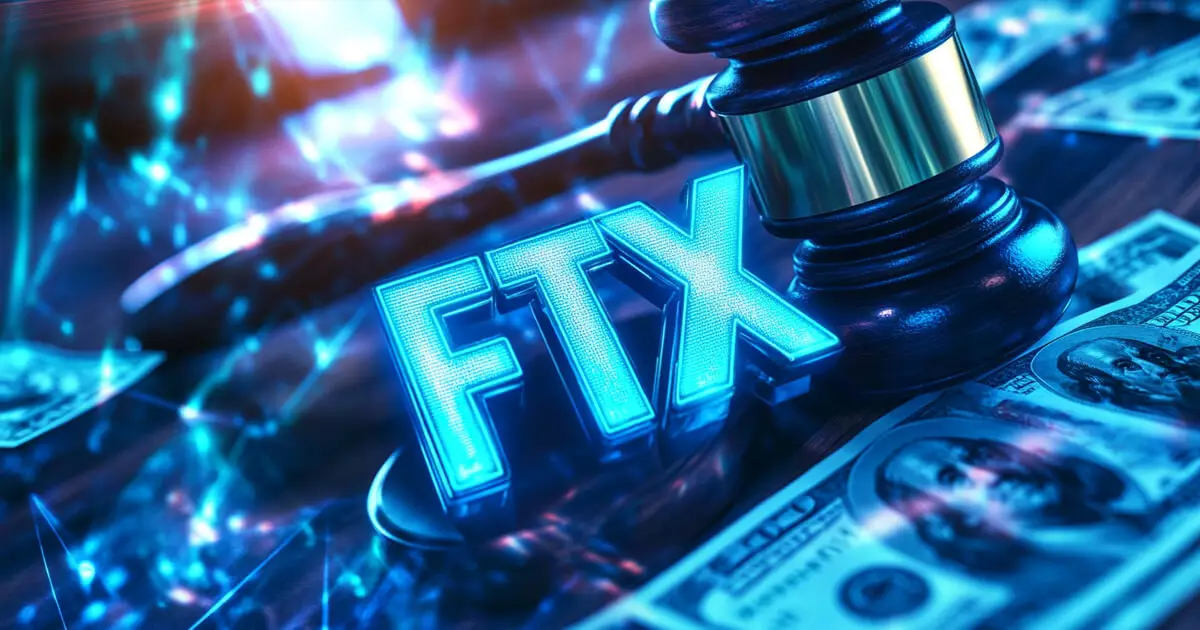FTX, the cryptocurrency exchange that experienced a significant collapse in November 2022, is now moving forward with its Chapter 11 Plan of Reorganization. This plan is a crucial step towards addressing the financial turmoil instigated by mismanagement under founder Sam Bankman-Fried and his team. The company has laid out a comprehensive timeline aimed for completion by January 2025, with a focus on returning funds to the millions affected by the fallout.
The strategic roadmap established by FTX and its affiliated debtors indicates several pivotal milestones leading up to the distribution of funds. Notably, in December 2024, specialized distribution agents will be finalized, allowing affected customers to access FTX’s customer portal to set up accounts. This significant move is essential for ensuring transparency and compliance in the reimbursement process. During the same month, the firm promises to announce the date for reimbursements, contingent upon securing court approval regarding the Disputed Claims Reserve Amount. This meticulous planning is indicative of FTX’s intention to prioritize its customers’ needs and cater to their financial recovery.
The initial distribution phase is set to commence in January 2025, focusing on the so-called Convenience Classes, which comprise various customer groups based on their claim sizes and types. Funds will be allocated within 60 days of the plan’s effective date, ensuring a timely response to the urgent financial needs of impacted users. The FTX leadership, including CEO John J. Ray III, has expressed optimism regarding the upcoming phase, citing the hard work of the recovery team that has already secured billions in assets for redistribution.
Moreover, the U.S. Bankruptcy Judge John Dorsey’s recent approval of a $16.5 billion recovery plan marks a significant turning point for FTX. This substantial figure represents the potential income that could be returned to creditors and customers, although it might ultimately be reduced to approximately $14.7 billion after cash conversions. Prioritizing customer reimbursements reflects the company’s commitment to restoring faith among users who faced substantial losses due to the mismanagement of funds.
The aftermath of the FTX collapse reverberated through the cryptocurrency landscape, affecting nearly 9 million customers and many investors. The fallout underscored vulnerabilities within the crypto sector and highlighted the dire consequences of mismanagement at high levels. As FTX navigates through bankruptcy proceedings, the outcomes may set important precedents for other firms operating in the financial technology and cryptocurrencies space, especially concerning regulatory scrutiny and customer protection.
While FTX’s road to recovery is fraught with challenges, the planned distributions and recovery efforts signify hope for affected individuals. The successful implementation of the Chapter 11 Plan could revitalize trust in the digital currency ecosystem as well as shape future regulatory approaches in this rapidly evolving industry.
















Leave a Reply